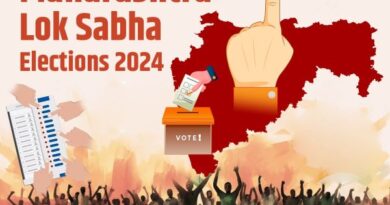Tweeting in Hindi gaining popularity in India, says US
Washington, September 20: Tweeting in Hindi is gaining popularity in India, according to a study conducted by researchers, including an Indian, in the US.
Social media landscape in India evolved since 2014 when a majority of the tweets on Twitter were from the English-speaking urban population, says the study conducted by Joyojeet Pal and Liz Bozarth from the University of Michigan.
Hindi language tweets are more likely to be shared and favorited in India when compared to English, said the study.
The study states that the Bharatiya Janata Party leads significantly in terms of social media following.“While the ruling Bharatiya Janata Party still leads significantly in terms of social media following because of a top-down push from the center, other parties are also recognising the role of the social media in political outreach,” said Pal, an assistant professor at U-M’s School of Information and the lead author of the study.
They found that Prime Minister Narendra Modi leads significantly in online following, but the median recount of the Congress president Rahul Gandhi’s tweets have consistently outscored median retweets of other Indian politicians from January to April 2018, the university said.
According to the research, Hindi language tweets perform better for the BJP, Congress, as well as regional parties post 2016. Non-Hindi regional language tweets do not perform as good as either Hindi or English.
“A reason for this can be that his tweets have taken on an aggressive style of confrontation that has helped the popularity of his messages,” Pal said, adding that it has used one-liners, wordplay and rhymes, and are usually in regional languages.
Pal and doctoral student Lia Bozarth aggregated 274 politicians and political accounts based on two key attributes — politicians’ status as party leaders or official post in the party machinery and significant online following, typically with 50,000 followers or more.
While the language use on social media does not map onto the language preference of a politician’s electoral constituents, the research says that it serves as an indicator of who the politician is speaking to online.
“Language can also be an indicator of the kind of emotion being expressed. Some of the most retweeted messages in Hindi have sarcasm or insults,” Pal said, adding that this aligns with previous research that stronger emotions are more likely to be in local language than in English,” he said.
“We are moving closer to an era in which politicians can actively switch to communicating with their constituents directly through social media, bypassing the traditional news media altogether,” Pal said. — PTI.




